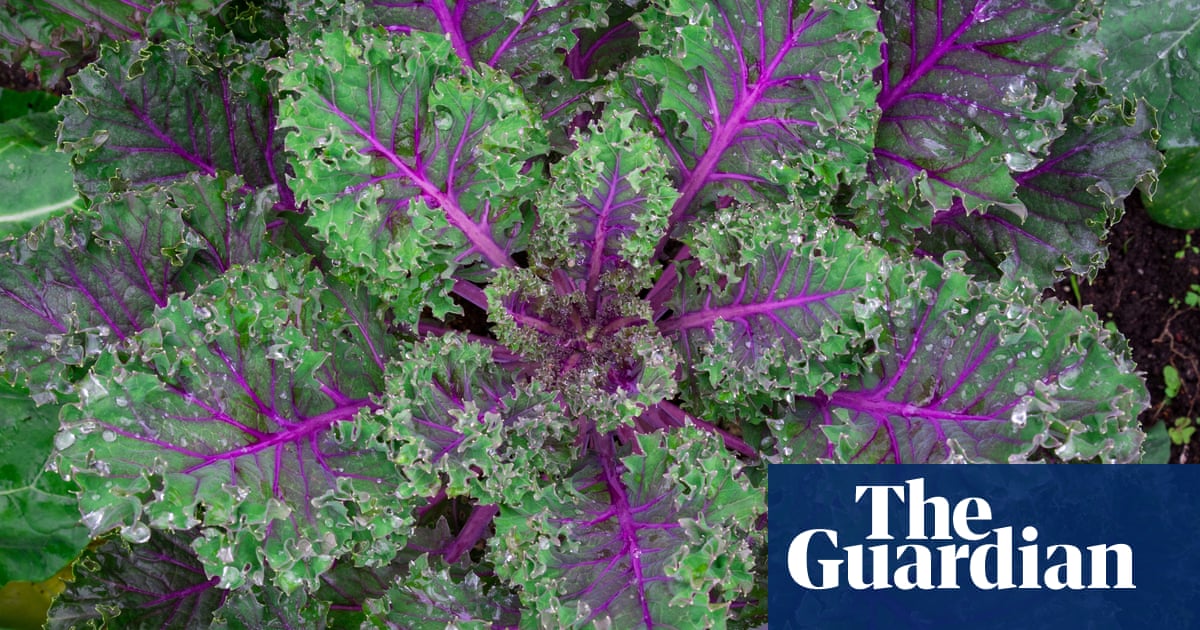
Adnams Tempranillo Shiraz Bag in Box, Castilla-La Mancha, Spain (£19.99, 2.25l, adnams.co.uk) It’s getting on for six decades now since the Australian winemaker Thomas Angove came up with the idea of selling wine in a plastic bag in a cardboard box – a type of packaging that was soon to be given the frankly unimaginative, but robotically rhythmical and bluntly descriptive name, bag-in-box. And yet, even now, whenever you offer a glass filled from that squidgy little plastic tap, the medium is still very much the message. Most of us, it seems, instinctively reckon a wine will always be better if it’s come from a bottle rather than a box, and any praise is always heavily caveated with “… for a bag-in-box”. Well, that’s very much the kind of feedback I got when I took this Spanish red to a family gathering recently, although as far as I’m concerned this is a delicious gush of warming succulent brambly fruit no matter the vessel it’s served from.
Terre di Faiano Organic Rosso, Puglia, Italy (£25.99, 2.25l, Waitrose) The Tempranillo-Shiraz is one of two very good Spanish box wines currently on Adnams’ books, the other being a pungently exotic-fruited Verdejo-Sauvingon Blanc blend (also from Castilla-La Mancha, also 2.25 litres, and also £19.99). This isn’t a play for the cheaper end of the market by the relatively upmarket merchant, although at the equivalent of roughly £6.66 a bottle they’re pretty good value for money. It’s not primarily about convenience either, although that is unequivocally one of this format’s advantages (an opened bag-in-box wine will last several weeks longer than an opened bottle). According to Adnams, the main attraction for going into boxes is their sustainability. The company calculates that a bag-in-box made, like Adnams’ from fully recyclable materials, has a carbon footprint about a tenth the size of a single-use glass bottle. That’s part of the attraction, too, for one of the best-looking boxes on the market, a festive tube that contains Waitrose’s pleasingly plummy Southern Italian red.
Rouge du Grappin Beaujolais-Villages Bagnum (£30, 1.5l, store.legrappin.com) For all that I’m very happy to drink the Adnams and Waitrose boxed wines, I don’t think even their makers would make claim they are the finest wines known to humanity. There’s a reason for that. Even if most of the sort of wines that get described as “fine” are consumed within a year or two of purchase, an ability to age for years or even decades is still considered an essential precondition for any claim a wine might have for greatness. Boxes, which come with a sell-by date of around a year, don’t lend themselves to the same kind of graceful ageing you get from a bottle. Still, the quality available in bag-in-boxes and pouches is markedly better than it was even five years ago. The London restaurant institution St-John sells its trio (red, white, and rosé) of very drinkable French house wines in a typically aesthetically ascetic box. And the excellent Gappin’s winningly named bagnums contain bistro-quality wines such as this sappy fresh Beaujolais.











